Brand Identity – Introduction
For the past couple of weeks I’ve been sharing the brand development process we take our clients through at Reliant Creative. This is the fourth post in this series, and only now am I going to talk about the visual aspects of your ministry’s brand. It’s not because we don’t care about the visual aspects of a brand, on the contrary they are very important, but they must be informed by the other pieces we’ve already discussed. If you haven’t had a chance to read the pieces I’m referring to, make sure you read those posts before you read this one (I will include links at the bottom of this post). Positioning, strategy, and messaging are all things that must drive and inform the visual aspects of the ministry brand identity. Today I’m going to introduce brand identity, and over the next few weeks I will address each piece in more detail.
Ministry Brand Identity
When broken down in it’s simplest form, all brands are built on words and visuals. Brand identity is your visual first impression to your target audience. Brand identity includes all of the visual aspects of your ministry. At this point we’ve established that a brand is far more than the visual aspects of your ministry, but brand identity is what most people think about when discussing a brand. Ask anyone on the street what they think of when you say, “brand,” and they will most likely say, “a logo.” At Reliant, we define brand identity as who your company is visually, and it must always be consistent. Arguably, you must be more consistent with the visual aspects of your brand than any other part of your brand. Things like your logo, the color palette you use, the typography you write with, sometimes the shapes used, and lastly the images and videos you create to help tell your story all fall under your brand identity or visual language. We feel it is important to create brand identity’s that are clean and simple because we want the visual aspects to be easily recognizable and memorable.
Ministry Brand Recognition
Creating a visual language that is easily recognizable will help your target audience remember you and it will set you apart from your competition. Creating brand recognition is vital because brand recognition leads to brand loyalty and hopefully one day brand advocacy. But, in order to create brand recognition, you must be consistent with your visual language. Creating a consistent brand identity is possible only when we create and foster consistent behavior throughout our ministries. Think about your favorite brands for a moment. Every move those brands make, whether in advertising, marketing, PR, you name it, is consistent across their entire organization. This consistency helps create a brand perception that those great brands can be trusted and relied upon.
Brand Advocacy – The Holy Grail
Earlier in this post I touched on brand advocacy. I want to address brand advocacy specifically because it should be the end goal in all brand development. We’ve all heard of “word of mouth” advertising. We all know that word of mouth is the most effective way of growing any organization and building a donor base that is loyal. When we can get our target audience to speak highly of us, on our behalf, of their own free will, well there’s simply no better way to grow an organization. Brand advocacy is the holy grail of business growth and longevity. In order to create brand advocacy we must be consistent with all aspects of our brand. But, consistency is not enough. At Reliant, we believe the best way to create brand advocacy is through education. When our target audience is educated they have knowledge, and who doesn’t want to share the knowledge they possess? Let’s look at Tesla Motors for example. Have you ever had a conversation with a Tesla owner? I have, and I was lucky to get out of the conversation after 30 minutes. Tesla owners can’t wait to tell everyone they know, about what they know, about their Tesla vehicle. Tesla’s entire client base is educated, and they can’t wait to share their knowledge with friends, family, and any stranger willing to listen.
The good news is that creating brand advocacy is easier for ministries than it is for secular, for-profit organizations. That’s because the causes our ministries are serving or fighting for have a lot more emotional weight than whether or not I purchase a new pair of shoes. Let’s use a fictitious human trafficking rescue ministry for example. If I’m investing in an organization that rescues women out of sex slavery, I’ll probably tell my friends and family. But, if that same ministry educates me on how vast and widespread the horrors of human trafficking are, if they include me in and share with me the smallest details of the ministry, if they share exactly where my investment is going and how it makes a difference in the lives and countless women, won’t I be more inclined to tell that story to friends, and family in even greater detail? Won’t I be inclined to essentially sell on that ministry’s behalf without being paid a dime?
If we can get our target audience excited about the work we are doing, if we can educate and inform them, they will have a knowledge that they can’t wait to share with their friends and family. If you can get your target audience to advocate on your behalf, I can promise your ministry will never be the same, but you have to start with a consistent brand identity.
Links:
Ministry Branding Introduction – Part 1
Market Research, Positioning, and Strategy – Part 2
Ministry Brand Messaging – Part 3







